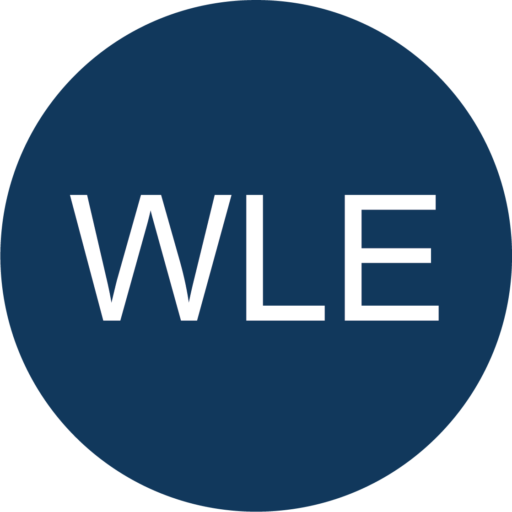02 Dec Training on FACTS Devices
REF 11115
Over the last decade, the electricity sector has been subjected to several fundamental changes. A first change is the liberalization of the electricity sector, with as a consequence a complete change of the parties active.
A second important evolution is the shift towards smaller, often renewable, generators. These sources tend to deliver a variable amount of power to the system, dependent on weather conditions. Furthermore they are often located far from the load centres, causing large power flows through the system. Contrary to traditional power generators, they are not centrally dispatched. As a consequence, the transmission system experiences more and more variable energy injections, requiring a flexible operation of the power system. These increased dynamics might create adverse affects on the different types of power system stability. The effect of this added variability and flexible generation pattern on investments must be discussed as well.
The need for more flexibility in the power system is explained, focusing on the evolutions that are taking place in the energy system, with an emphasis on the developments relating to the transmission of electrical energy. The influence of these recent changes on the operation of the power system is addressed. For every part, the effects on the security of the power system are highlighted.
The main part of the course deals with the controllable devices, which can be used in the power system. These new, non-conventional grid elements, often based on power electronics, have enhanced control capabilities that allow a more flexible operation of the power system and they form an alternative investment technology. These new elements provide additional control capabilities to the grid operator, and allow to operate the power system closer to its limits. The different flexible AC transmission systems are discussed and compared.
The technology used for these devices will be covered (without going into detail on the power electronics aspects), and both the steady state and the dynamic operation are covered, as well as several examples. HVDC can be seen as a special case of FACTS. As such, the high voltage direct current (HVDC) technology and applications are an essential aspect of the course. Both the traditional line commutated converter (LCC) HVDC and the relatively new voltage source converter (VSC) HVDC will be discussed. As for the FACTS, also for HVDC the technology, modelling for steady state and dynamic simulations is studied. Examples regarding offshore wind systems are used to show the use of HVDC.
The program of this training is the following:
Module 1: Introduction
Why do we have/need FACTS
Definition of FACTS
Active and reactive power flow through transmission lines
FACTS in the liberalized market environment
Module 2: Technical components of FACTS devices
Switching components
Mechanical (e.g. tap changer)
Thyristor
GTO
IGBT and voltage source converters
Module 3: Design and modelling
Components
Different implementations
Model
Usage
Advantages and disadvantages
Static Var Compensator (SVC)
STATCOM
Thyristor Controlled Series Capacitor (TCSC)
Static synchronous series compensator (SSSC)
Phase shifting transformers
Thyristor controlled Phase shifting transformers
UPFC/IPFC/others
Module 4: Steady state operation of FACTS
Power flow control
The use of phase shifting transformers to manage overloads in the system in the different operational time frames of the TSO
Voltage management
SVC and STATCOM to manage voltage in the system
Module 5: Dynamic operation of FACTS
Influence of FACTS on stability
Rotor angle stability
Sub-synchronous resonance
A few examples of how FACTS help the power system dynamics (including how to model)
Grid code compliance for wind farms using FACTS (SVC and STATCOM)
Inter-area oscillation damping using TCSC
FACTS with remote inputs (WAMS input for the controller)
Module 6: Cost-benefit analysis of FACTS devices in power systems
FACTS in planning and operational planning (and implementation in software)
Module 7: Coordination of multiple FACTS
Steady state coordination
Dynamic coordination
Module 8: LCC HVDC technology
Technology
Application
System operations with LCC HVDC
Module 9: VSC HVDC technology
Technology
Application
Connection of offshore wind farms
System operations with VSC HVDC
Module 10: Supergrid and offshore grid
Why offshore grids and supergrids
Technology requirements
Limitations
Operation of DC grids
Regulatory framework
Duration: 2 days
For more information, please contact info@wlenergy.fr



Sorry, the comment form is closed at this time.